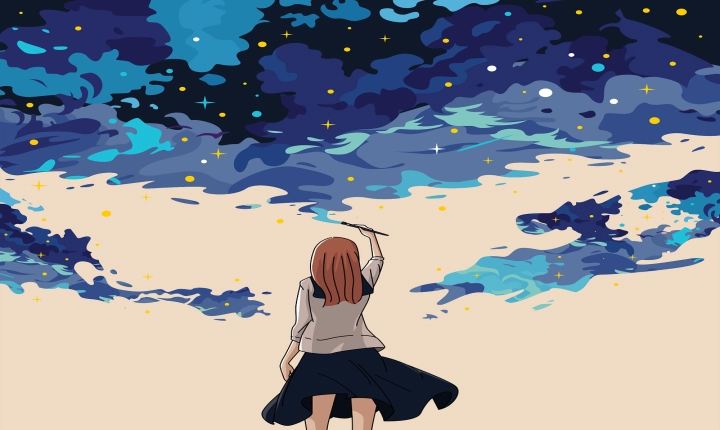Can AI Colorize Photos?
In recent years, the field of artificial intelligence (AI) has made significant advancements in the realm of image processing. One such development is the ability of AI to algorithmically colorize black and white photos with remarkable accuracy.
AI colorization is based on the concept of neural networks, a technology inspired by the human brain’s interconnected neurons. These networks are trained on massive sets of images, learning to recognize patterns and colors to produce realistic and aesthetically pleasing results.
The process of AI colorization begins by feeding a black and white photo into a neural network, which analyzes the image pixel by pixel. The AI then uses its learned knowledge of colors and textures to assign appropriate hues to each area of the photo. The result is a colorized version of the original black and white image, often indistinguishable from a genuine color photograph.
One of the primary benefits of AI colorization is the ability to breathe new life into historic photographs. By adding color to these images, it becomes easier for viewers to connect with the subject matter and gain a more profound understanding of the past. This can be particularly impactful when exploring historical events, cultural moments, or personal family photos.
Furthermore, AI colorization can also be a valuable tool in various industries. For example, in the field of restoration and conservation, colorized images can aid in reconstructing and preserving visual historical records. Additionally, in the entertainment industry, AI colorization can be used to rejuvenate old movies and TV shows, making them more appealing to modern audiences.
However, despite the remarkable capabilities of AI colorization, it is essential to approach this technology with some caution. While AI can produce stunning results, there are instances where the colorization may not accurately reflect the original colors or intent of the photographer. Therefore, it is crucial to exercise discretion and consider the context and historical accuracy when using AI colorized images.
Moreover, there are ethical considerations surrounding the modification of historical photos. Some argue that adding color to black and white images may alter the authenticity of the original piece, potentially distorting the historical record. As such, it is essential to use AI colorization technology judiciously and responsibly, particularly in academic and historical settings.
In conclusion, the advent of AI colorization has opened up exciting possibilities for reviving and reimagining black and white photographs. This innovative technology offers a unique way to engage with history and art, providing a fresh perspective on visual storytelling. As AI continues to evolve, it will be fascinating to see how colorization techniques further develop and how they are integrated into various aspects of our lives. However, it is imperative to approach AI colorization with care, ensuring that the integrity and authenticity of historical images are preserved and respected.
